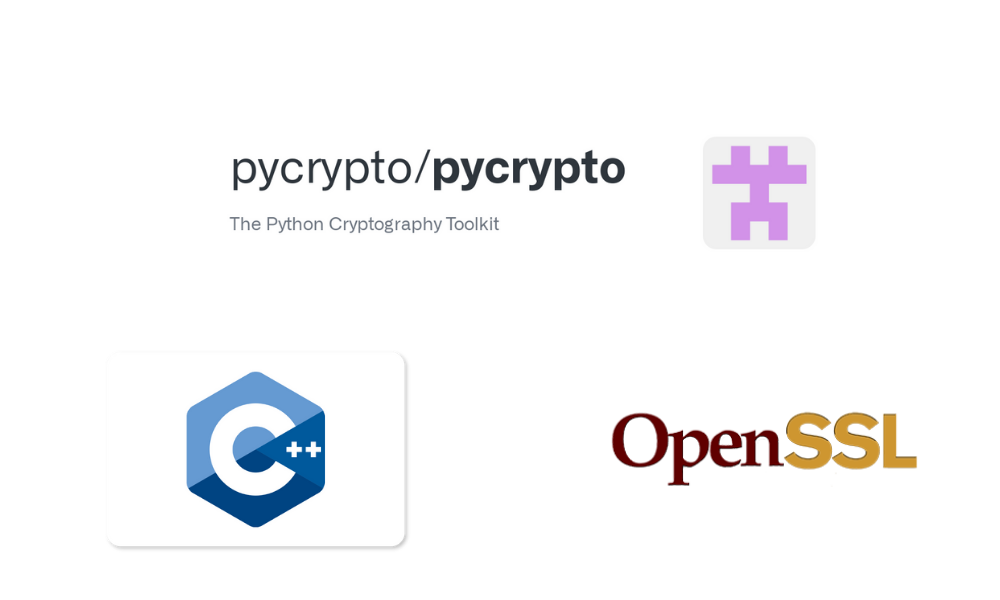Cryptography is a vital field of computer science that involves the use of mathematical algorithms and techniques to secure information and communication. One key aspect of cryptography is the use of crypto modules, which are software libraries or frameworks that provide cryptographic functionality to users.
In this article, we will explore what crypto modules are, who uses them, and how they perform cryptographic tasks.
What is a crypto module?
A crypto module is a collection of code and functions that can be used to perform various cryptographic tasks. These tasks may include encrypting and decrypting data, generating and verifying digital signatures, and generating and verifying secure hashes.
Crypto modules are typically designed to be flexible and modular, allowing users to select and implement only the specific cryptographic functionality they need.
There are many different crypto modules available, each with its own set of features and capabilities. Some of the most popular crypto modules include
- OpenSSL
- PyCrypto
- Crypto++
These modules are often used in combination with other software frameworks or libraries to provide a complete cryptographic solution for a particular application or use case.

Who uses crypto modules?
Crypto modules are used by a wide variety of entities, including individuals, organizations, and governments. Some common examples of how these entities may use crypto modules include:
Secure communication:
Crypto modules can be used to encrypt communication between two parties, ensuring that the contents of the communication are only accessible to the intended recipients. This can be particularly useful in situations where the communication needs to be protected from interception or tampering.
Data encryption:
Crypto modules can also be used to encrypt data stored on a device or in a database, protecting it from unauthorized access or tampering. This can be especially important for organizations that handle sensitive or confidential information.
Authentication:
Crypto modules can be used to generate and verify digital signatures, allowing users to authenticate the identity of other users or devices. This can be useful in a variety of contexts, such as online banking or secure access to a network.
How do crypto modules perform cryptographic tasks?
Crypto modules use various cryptographic algorithms and techniques to perform their tasks. Some common examples include:
Symmetric encryption:
This is a type of encryption that uses the same key for both the encryption and decryption of data. Examples of symmetric encryption algorithms include AES and Blowfish.
Asymmetric encryption:
This is a type of encryption that uses a pair of keys – a public key and a private key – to encrypt and decrypt data. The public key is used to encrypt the data, while the private key is used to decrypt it. Examples of asymmetric encryption algorithms include RSA and Elliptic Curve Cryptography (ECC).
Hash functions:
Hash functions are used to generate a fixed-length, unique representation of a piece of data. These representations, known as hashes, can be used to verify the integrity of the data, as even a small change to the original data will result in a significantly different hash. Examples of hash functions include SHA and MD5.
Digital signatures:
Digital signatures are used to authenticate the identity of a sender and the integrity of a message. They involve the use of a private key to generate a signature, which can then be verified using the corresponding public key.
Crypto modules typically implement these algorithms and techniques using a combination of low-level code and higher-level functions that are easier for users to understand and use. This allows users to take advantage of the advanced cryptographic functionality provided by the module without needing a deep understanding of the underlying algorithms and techniques.
Some Quiz Questions on Public Key Infrastructure and Cryptographic Protocols
1. ________performs a real-time lookup of a digital certificate’s status.
a. Transport Layer Security (TLS)
b. Digital Signature Approval List (DSAL)
c. Online Certificate Status Protocol (OCSP)
d. Digital Signature Permitted Authorization (DSPA)
Answer: c. Online Certificate Status Protocol (OCSP)
2. Which digital certificate displays the name of the entity behind the website?
a. Authorized Digital Signature (ADS)
b. Extended Validation (EV) Certificate
c. X.509 Certificate
d. Session Certificate
Answer: b. Extended Validation (EV) Certificate
3. An entity that issues digital certificates is a_____
a. digital signer (DN)
b. signature authority (SA)
c. certificate authority (CA)
d. certificate signatory (CS)
Answer: c. certificate authority (CA)
4. A digital certificate associates
a. the user’s identity with user’s public key
b. a user’s public key with user’s private key
c. a private key with a digital signature
d. a user’s private key with the public key
Answer: a. the user’s identity with user’s public key
5. Which of these is considered the strongest cryptographic transport protocol?
a. TLS v1.0
b. TLS v1.2
c. SSL v2.3
d. SSL v2.0
Answer: b. TLS v1.2
6. _______is a protocol for securely accessing a remote computer.
a. Secure Hypertext Transport Protocol (SHTTP)
b. Secure Sockets layer (SSL)
c. Secure Shell (SSH)
d. Transport Layer Security (TLS)
Answer: c. Secure Shell (SSH)
Final words
In conclusion, crypto modules are an essential part of the field of cryptography, providing users with a convenient and reliable way to perform various cryptographic tasks. These tasks may include secure communication, data encryption, and authentication, and are made possible by the use of cryptographic algorithms and techniques such as symmetric and asymmetric encryption, hash functions, and digital signatures.
Crypto modules are used by a wide variety of entities, including individuals, organizations, and governments, and offer a flexible and modular approach to implementing cryptographic functionality.
By understanding the role and capabilities of crypto modules, we can better appreciate the importance of cryptography in ensuring the security and privacy of our information and communication.







